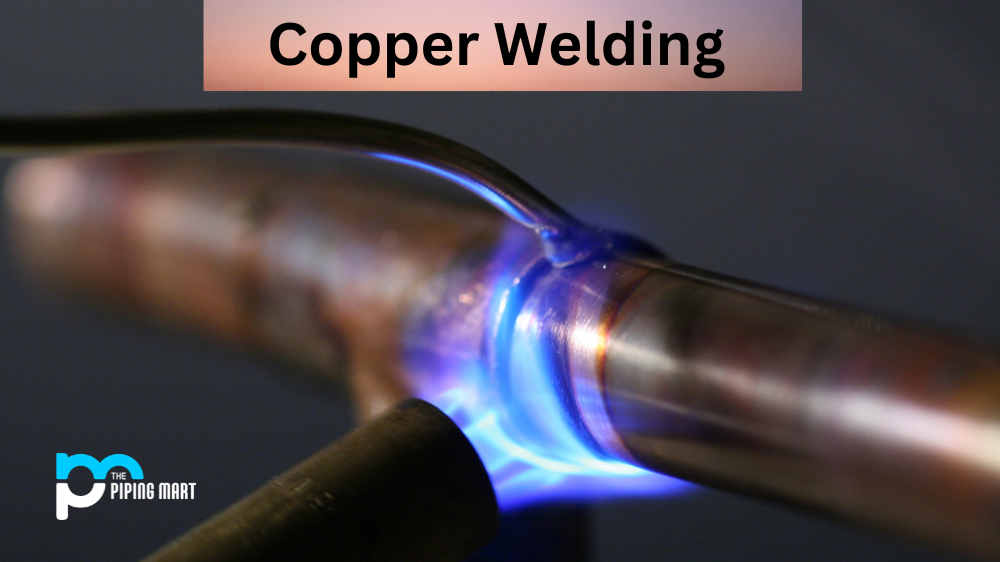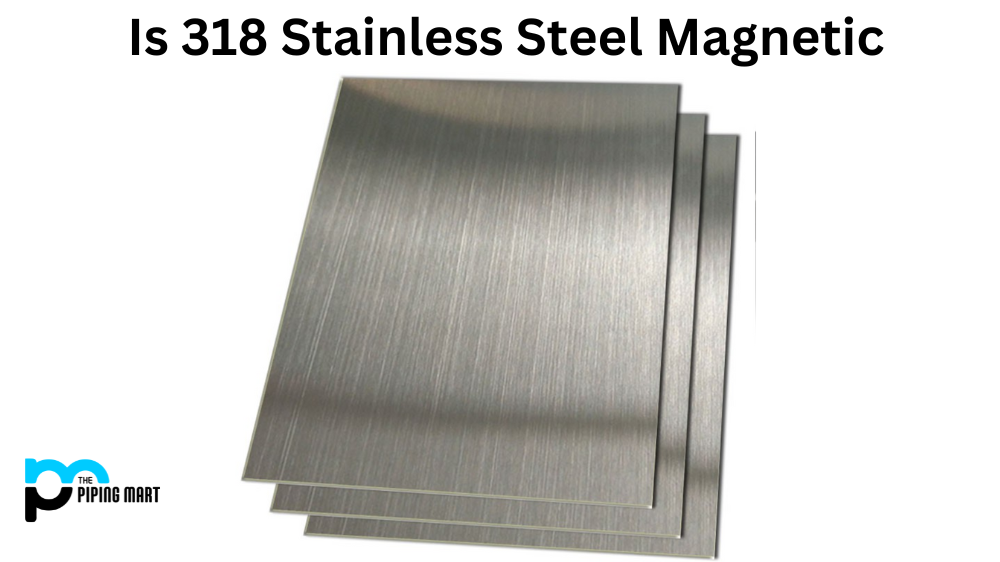Whether you are a professional welder or just getting started with welding, it is important to understand the specifics and nuances of copper welding. From the right rods and tools to proper temperature settings, there is a lot that goes into copper welding, and it can be daunting if you don’t know where to start. In this blog post, we will provide an overview of the essentials you need to know about copper welding.
Copper Welding Process
Joining two pieces of metal together
Copper welding is a process of joining two pieces of metal together using heat and pressure. The process is commonly used to weld copper pipes and tubing, as well as to join copper to other metals such as stainless steel or aluminum.
Applying heat and pressure
In order to weld copper, heat and pressure are applied to the two pieces of metal that are being joined together. The heat melts the metal, which allows it to flow and be shaped into the desired joint. The pressure then holds the joint in place until it cools and solidifies.
Types of welding
There are two main types of copper welding: oxy-fuel welding and tungsten inert gas (TIG) welding. Oxy-fuel welding is the most common type of copper welding, as it is less expensive and easier to learn than TIG welding. TIG welding, however, produces a stronger weld that is less likely to leak.
Advantages of copper welding
Copper welding has a number of advantages over other types of welding, such as being less likely to cause corrosion in the weld area. Additionally, copper is an excellent conductor of heat, which means that it can be used for applications where high temperatures are involved.
Disadvantages of copper welding
While copper welding has many advantages, there are also some disadvantages to consider. One disadvantage is that copper is a relatively soft metal, which means that it can be difficult to weld thick pieces of metal together. Additionally, copper is a very expensive metal, which can make the cost of copper welding prohibitive for some people
Welding Rods and Tools
When it comes to copper welding, there are two main types of rods used – flux-coated rods and bare rods. Flux-coated rods have a protective coating that helps prevent oxidation when heated. Bare rods do not have this coating, so they must be kept clean during the welding process. The type of rod you choose should depend on your specific application.
In addition to the right rod, it is also important to have the right tools for copper welding. This includes a cutting torch, TIG welder, MIG welder, grinding wheel, pliers, and safety gear such as gloves, goggles, and a face shield. Each tool has its own specific use in the welding process and should be chosen based on your particular project needs.
Copper Welding Temperature
The temperature at which you weld copper plays an important role in ensuring a successful outcome. Too low of a temperature can cause poor fusion, while too high of a temperature can cause warping or melting of the material being welded together. Generally speaking, most copper alloys should be welded at temperatures between 1120°F (604°C) and 1650°F (899°C). The exact temperature needed for each job depends on factors such as metal thickness and alloy composition, so it is important to consult with an experienced welder before starting any project involving copper welding.
Copper Welding Cable Specifications
When working with large pieces of equipment or machinery that require heavy-duty power cords for operation, using specialized cables designed specifically for copper welding is essential for safety reasons as well as performance purposes. Copper welding cables come in several different specifications that include conductor size (AWG), insulation type (SJT or SJTO), jacket type (PVC or Neoprene), and conductor colors (black/white). It is important to choose the appropriate cable type based on your specific application requirements in order to ensure optimum results from your project.
Conclusion
Whether you are new to copper welding or have been doing it for years, understanding the basics—from choosing the right tools and rods to selecting the correct temperature—is essential for success in any project involving this process. This blog post provides an overview of what you need to know about copper welding, including rod selection tips, recommended temperatures for various alloys, and specifications for specialized cables used in larger projects requiring higher power output capabilities than traditional cords allow for. With this information in hand, you can now feel more confident tackling any project involving copper wiring!
Sakshee is a talented blogger, with a particular focus on the Business and Metal Industry. She is passionate about sharing her insights on various metal products and helping professionals to make a better decisions.




